I believe that the three biggest concepts in photography are gear, composition, and post-processing. The smallest of those three is gear, the second smallest is post-processing, and the one that is most essential is composition. If I had to attach percentages to them, it would go like this:
- Gear: 10%
- Composition: 65%
- Post-Processing: 25%
Your photography gear won’t make your photographs better just because you spent more money on it than your previous camera body or lens. Your post-processing won’t make a bad photograph great no matter how many layers or sliders you apply to it.
A healthy composition is the glue to any great photograph. With a great composition, a photograph is anchored to quality. Without one, the photograph never comes together properly and eventually falls apart.
Now, we all know about the strategies to creating some fantastic compositions: rule of thirds, foregrounds, leading lines, and the list goes on. You can certainly achieve some fantastic photographs following those rules, but until you truly understand what you’re putting together, you won’t have the complete grasp on what is making up your photograph.
When I was first starting out in photography, I participated in various local pop-up galleries and art shows. One show I had someone come up to me while I proudly stood in front of my work.
“So, what makes this a great photograph?” he asked.
I stood in shock of his question. Not that he asked, but that I couldn’t exactly tell him what the answer was. One of the reasons I love photography is that you can never stop learning and diving deeper into the rabbit hole. I decided from that moment on that when someone asked me a question like that, I would be able to tell them more than they ever wanted to know.
So, I started to study my own work and the work of some of my favorite photographers. Why did I find certain photos compelling, and what was it that made them compelling? That’s when I discovered that it wasn’t subjects that made up my composition; it was a series of shapes.
You see, the world around us is constructed of various shapes. Even as I write this article, I can look around and see a wide range of ovals, circles, squares, rectangles, and triangles. I can even see the elusive quadrilateral and parallelogram (thanks high school geometry).
Related course: Photography Composition Tips: Finding Your Visual Flow
As photographers, we have a great responsibility to show other people the way we see the world around us. So, we need to take the initiative to understand what we see. In fact, when we see the shapes surrounding us and can put them into a quality composition using the concepts we already understand, a whole new creative door is unlocked.
The biggest series of shapes we can see are often repeating shapes. This is an artistic concept that is called repetition. It’s an unusual (and often unnoticed) quality that people are naturally drawn to in art and photography. When we notice the repetition of shapes in nature, we can set up the camera to capture the repeating shapes we see.
So, what are some repeating shapes that come off the top of your head? Well, think about some of the most classic features in outdoor photography. Mountain ranges are nothing more than a series of triangles and are always visually pleasing. Bridges are full of square, rectangle, and triangle repetition.
Related video: The Photography Composition Basics of Seeing Shapes
I remember when I saw this photograph I knew it would be compelling because of the shapes. There are a series of triangular shapes both in the rocks in the foreground as well as in the negative spaces in between the rocks. The foreground naturally forms triangles that actually point to the main subject of the photograph, which is the waterfall itself. Each triangle is curved to point directly to the subject, thus making it a compelling foreground due to its shape!
Staircases are another great repeating shape that are easy to find in any city. Are they technically outdoor photography subjects? I guess it depends on where you find your staircases! But, this helps me prove my point with shapes.
Circular stairwells especially have a great example to repeating half circles, curves, and ovals that are naturally pleasing to anyone’s eye. Even if they don’t like photography, people always find the visual representation and perspective of shapes appealing and interesting.
Shapes don’t always have to be used in repetition, though. Yes, they’re nice to look at, but they aren’t always easy to find. That’s why when you see obvious natural repetition, you should shoot it. But what happens when you can’t necessarily find those unique repeating moments in shapes?
Look for mirrored shapes.
The best place to find any mirrored shapes are in water, but not just any water. Look for still standing water to find your best mirrored shapes. Mirrored water will be like… well… a mirror to the shapes and features above it. That’s why it’s your best bet for this technique.
Related article: Tips for Capturing Great Photos of Reflections
Take Grand Teton Range for example. Below the range sits a large lake called Jenny Lake. If you go to this lake in the morning, you can usually find it sitting unusually still because the winds haven’t picked up enough to cause a lot of ripples or movement. The mirroring effect goes into full effect when the sun comes up and illuminates the triangular mountain peak rising above the lake. To get even more reflection, you can even put on a circular polarizer and spin the polarizer to reflect more light off of the water. The triangle mountain peak reflects a triangle mountain peak!
You can also use light and shadows to create unusual mirrored shapes, either on top of one another or side by side.
Here’s another shot from Grand Teton National Park. It was late in the afternoon and the sun was getting low in the sky. Some clouds behind the mountain range blocked the sun for a while, but when the rays finally broke through, there was an obvious mirrored shape effect going on. The triangular mountain peak on the left was shaded while the area of the right was glowing yellow, also resembling a triangle. I quickly photographed this detail because it’s an unusual mirrored shape in nature.
Shapes can also reveal other shapes. Everything doesn’t have to be the same shape within a composition. What about when you get two or more shapes within the same frame? It sounds like a creative composition to me! One morning I was walking back to my car after a successful sunrise shoot. I noticed the moon was still hanging in the sky and that it was on track to set right above one of the mountain peaks.
A circular moon sitting down on top of a mountain peak? Translation: the triangular peak will act as an arrow pointing directly to the circular moon sitting down on top of it. I got out my 70–200 lens and waiting for the moon to follow its path. Sure enough, everything fit perfectly together.
Sometimes shapes are noticed because they are always there. Sometimes they move into place. It’s the photographer’s job to notice these shapes and construct an interesting composition around them.
So, next time you’re out photographing, develop the mindset of a five year old and ask yourself “why” constantly. Do you see an interesting foreground or detail shot in nature? Why do you like it? Why do you find it interesting enough to shoot? Why did it catch your eye?
Chances are the answer will be because of the shapes you see.
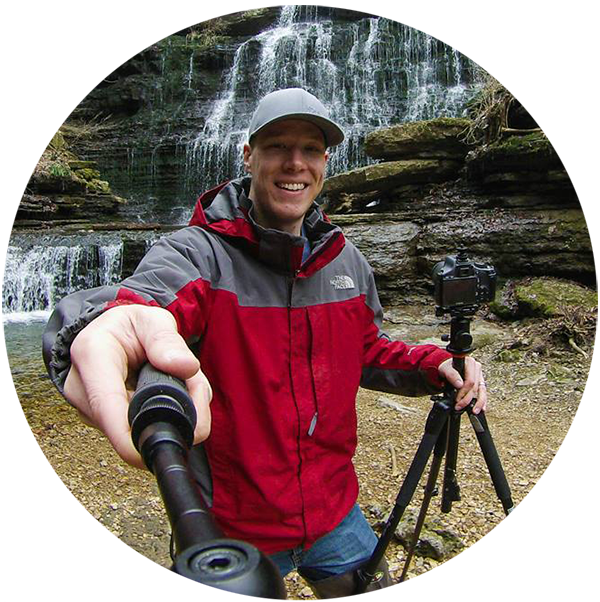
About the author: When David Johnston isn’t leading photography workshops and tutorials or hosting his popular photography podcast, Photography Roundtable, he can be found traveling the world taking photos to awe and inspire his viewers. David has a passion for sharing his knowledge of photography and has many educational offerings designed to help photographers improve their work. Visit his website at https://www.davidjohnstonart.com/.
Have something to add to the story? Leave a comment or email editor@outdoorphotographyguide.com.
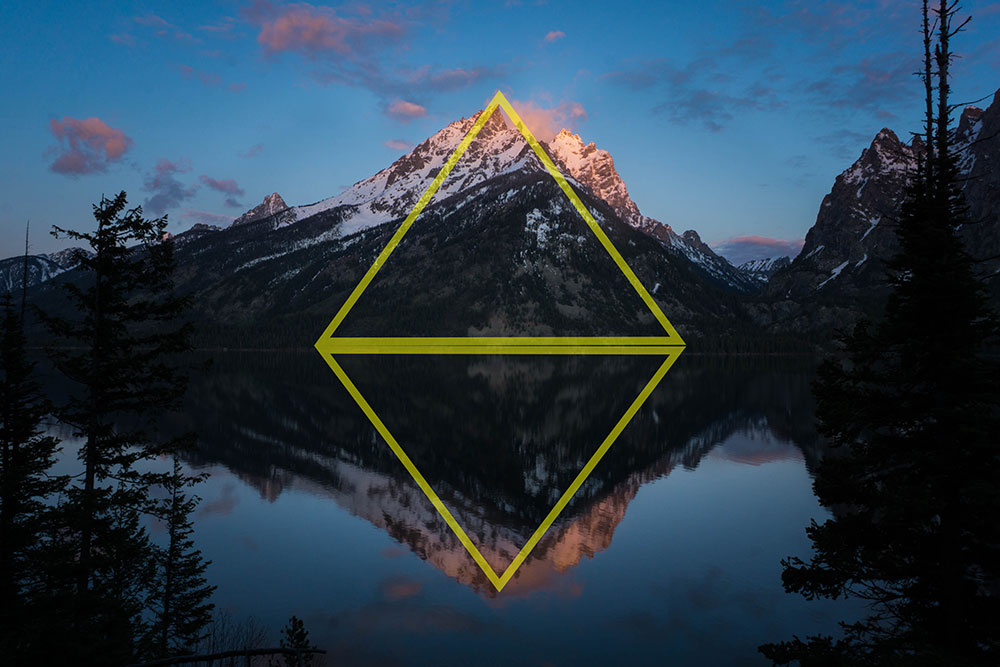
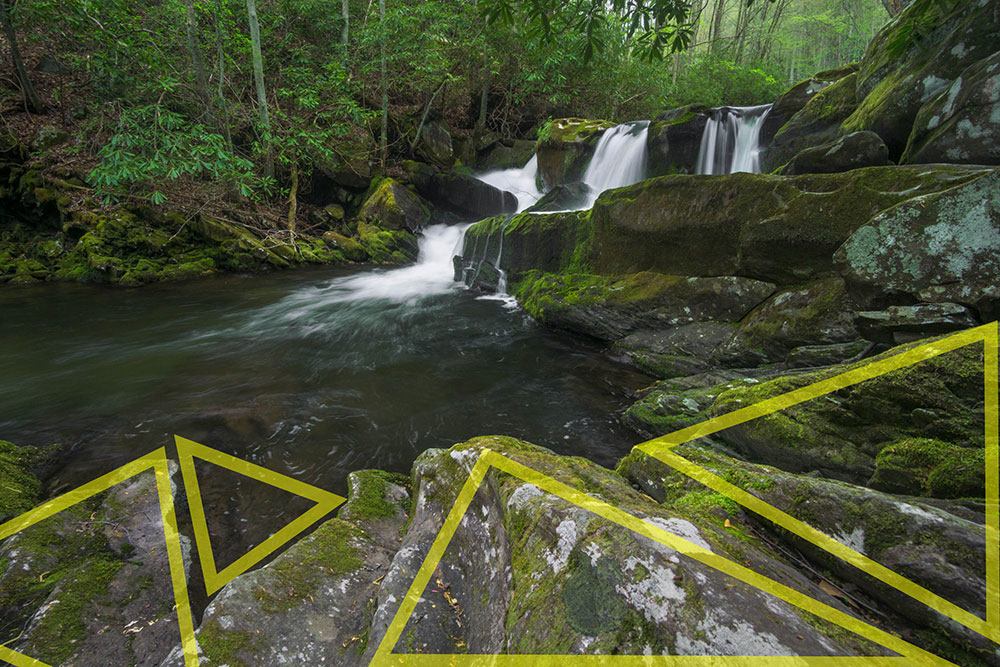
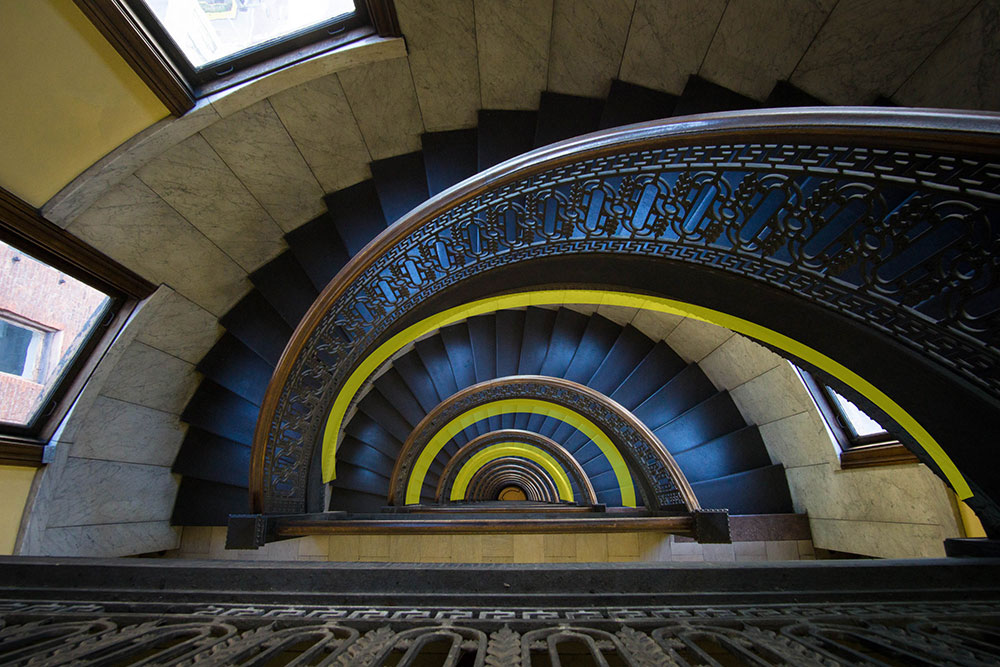
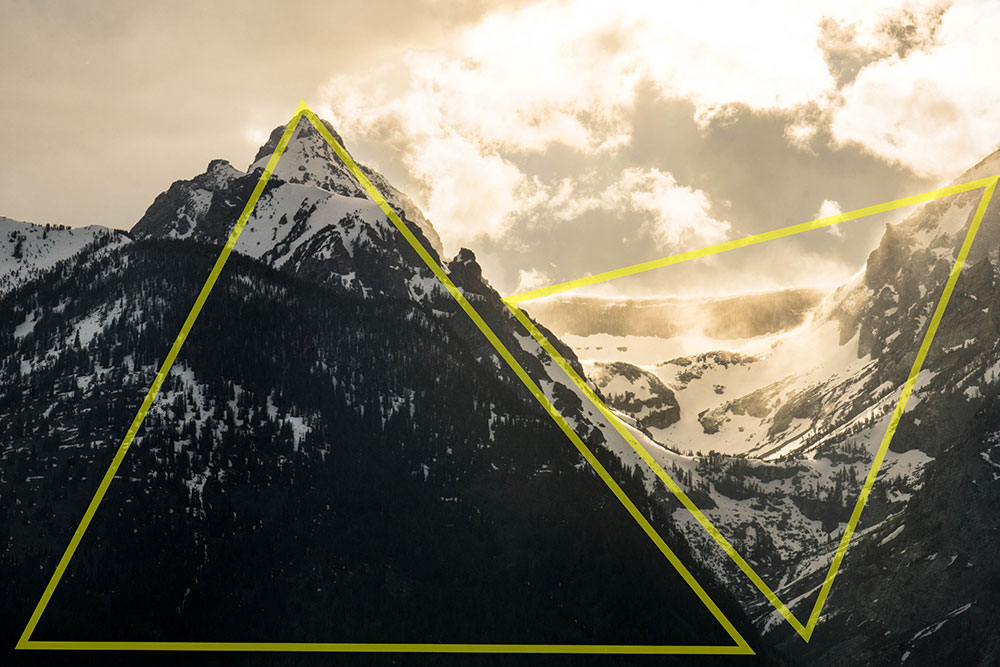
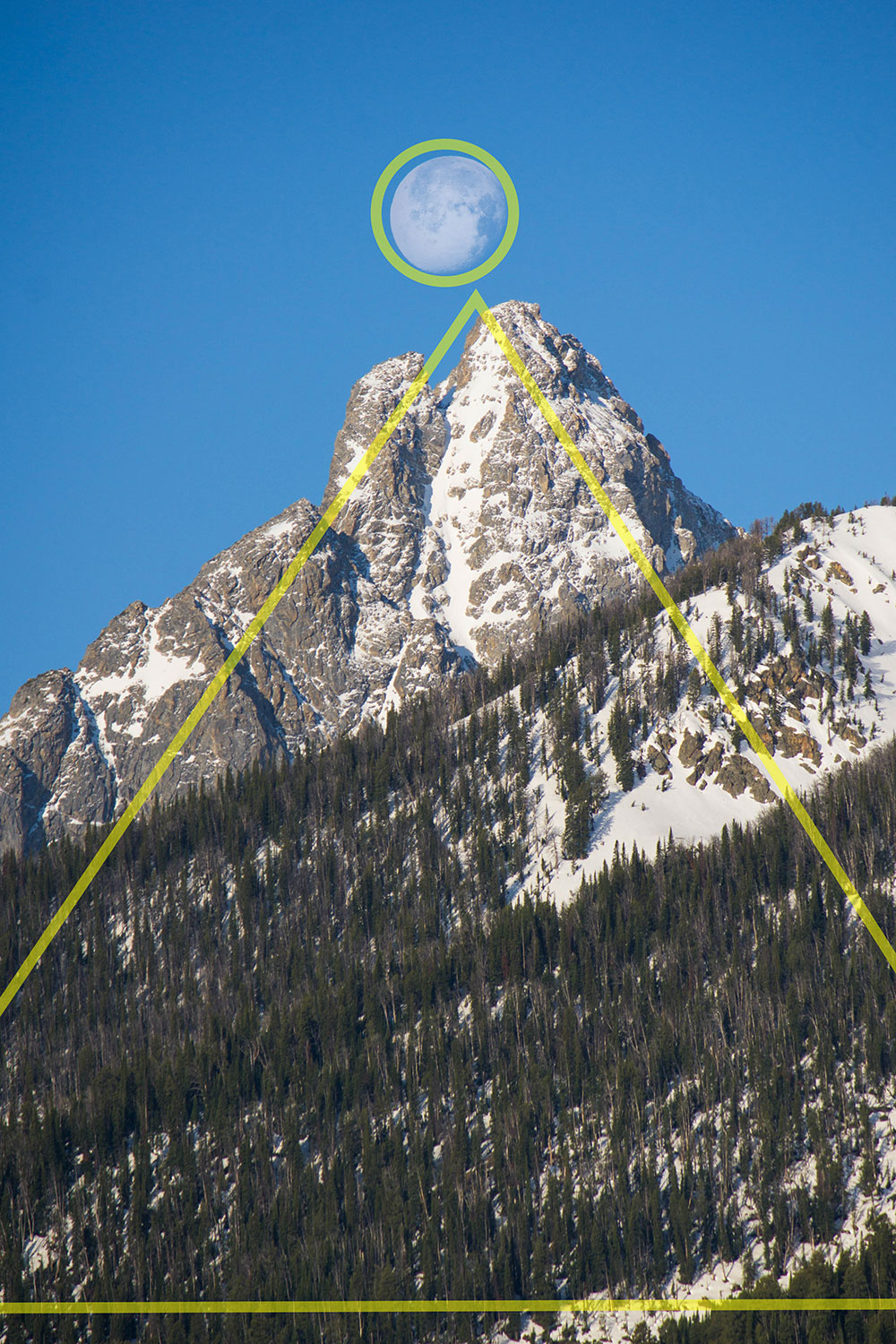

Each shape should be interesting, not just dark shapes
Beginner- Intermediate
Catch phrase was "Silhouettes". There was NOTHING in the videos, links, or text that mentioned silhouettes. I have unsubscribed.
Very interesting. This article showed me that I have been photographing shapes but didn't realize it.
Fascinating ideas. Opens up a new way to look at the world
Photography has been a favorite hobby for many years, always eager to learn more. Interesting article!
You're not doing my OCD any good David! I'll file under "The curious incident of the shape in the photo"